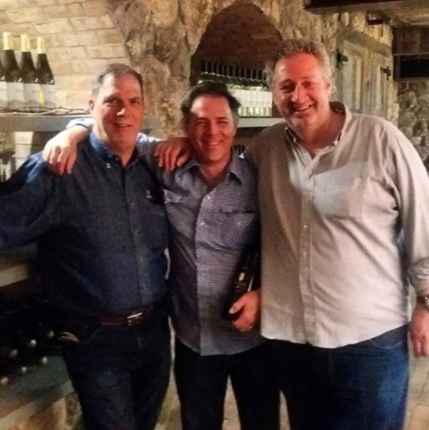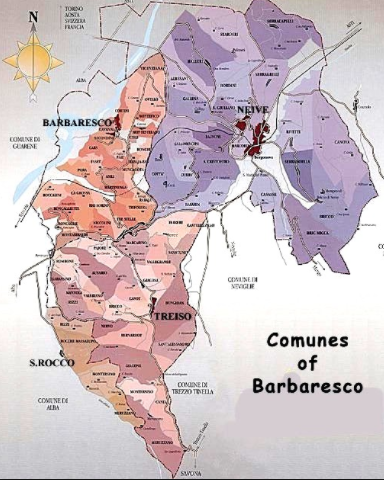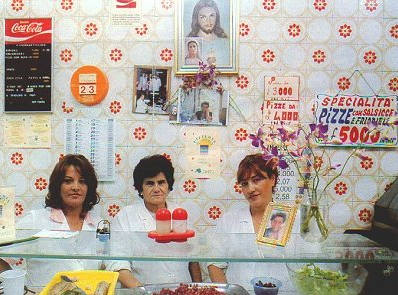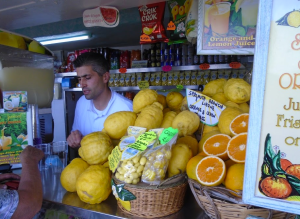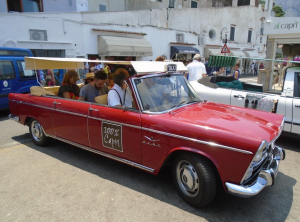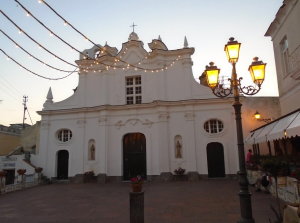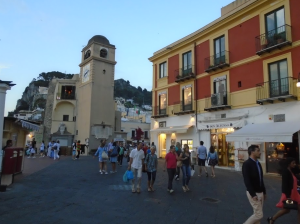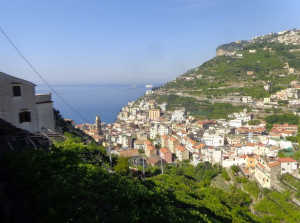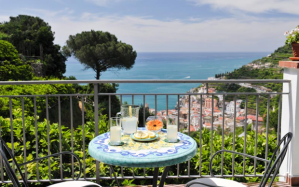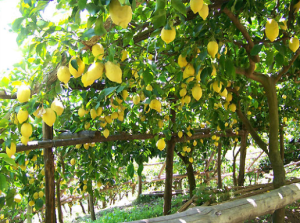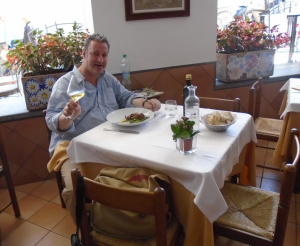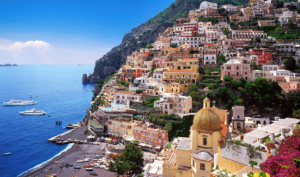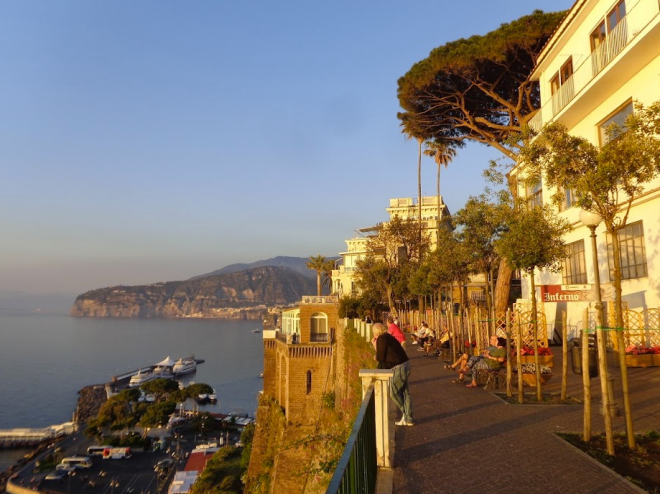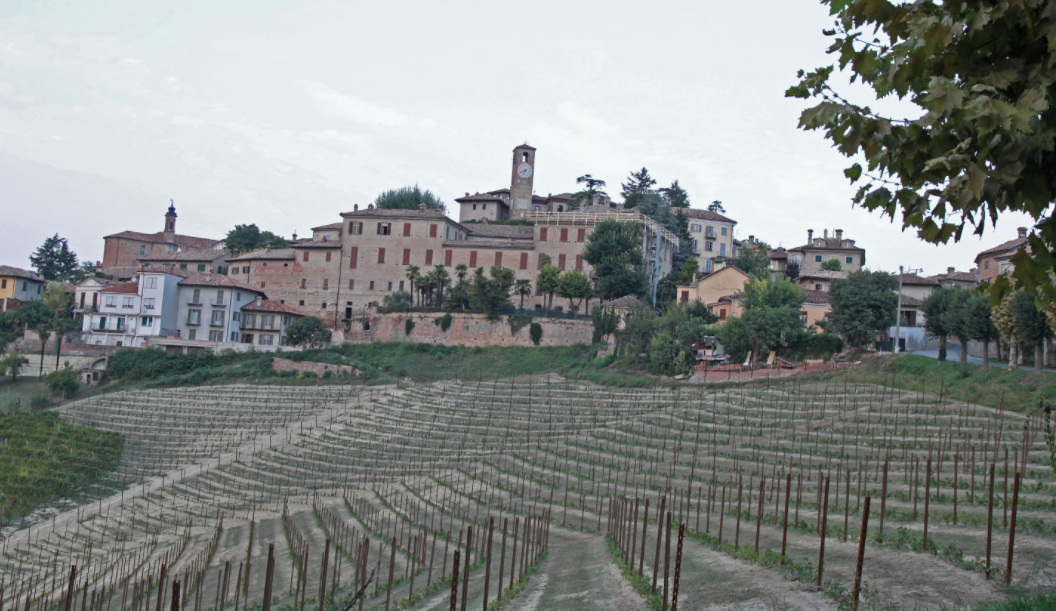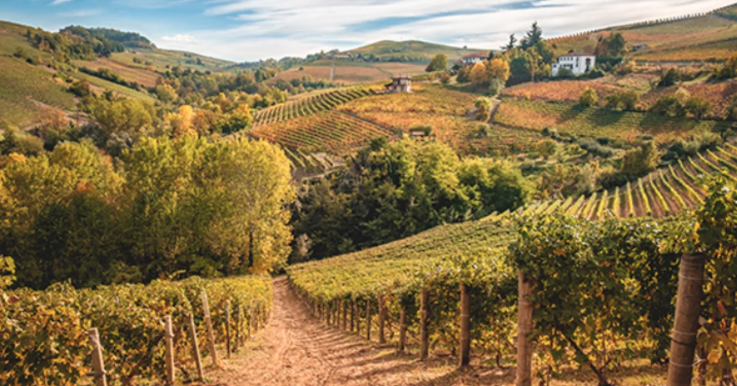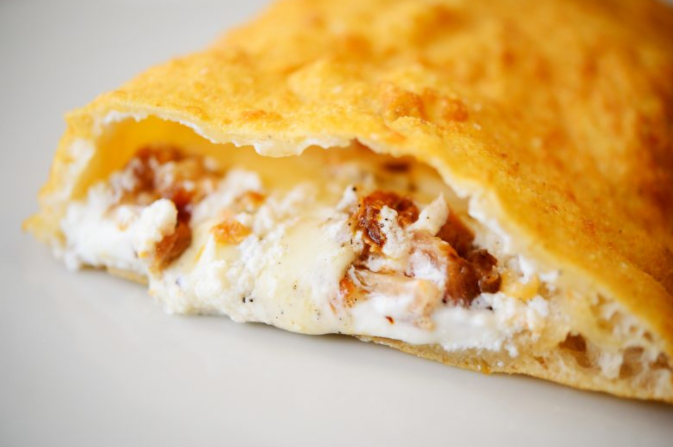Author Daniel Bellino-Zwicke (R)
with
ITALO STUPINO
"The KING of SANTA STEFANO"
BARBARESCO
at
WINEBOW PORTFOLIO TASTING 2014
New York, NY
CASTELLO di NEIVE BARBARESCO
From ITALO STUPINO
I drank through and tasted all of Italo's phenomenal Barbarescos as well as his; Dolcetto d' Alba Basarin 2011,
Pinot Noir 2012, and Barbaresco Santa Stefano 2006 & 2009 ... Italo is The King of Santa Stefano .. He has the only vineyard. He used to sell fruit to Bruno Giacosa, but the contract is up and Italo will be the only one in the World making Barbaresco Santa Stefano from now on. We drank the base Barbaresco Castello del Neive 2010 and the Barbaresco Santa Stefano 2009, both awesome, but the Santa Stefano had a slight edge of awesomeness. But not by much, both are great wines, perfectly balanced with fine fruit, and perfect examples of what a great Barbaresco should be. They are Textbook. It was great to see Italo again. He is the man! I just love that guy, and would rather drink his Barbaresco over anyone else's. ANd this of course includes Angelo Gaja, who makes some great Barbaresco, but the prices are through the roof, and dollar for dollar I'd put Italo's up against Gaja's any-day-of-the week .. You can't do any better ... Although I must say, I really enjoyed Anjelo's offerings last year when I tasted the wines at a tasting in New York with Anjelo and daughter Gaia ..
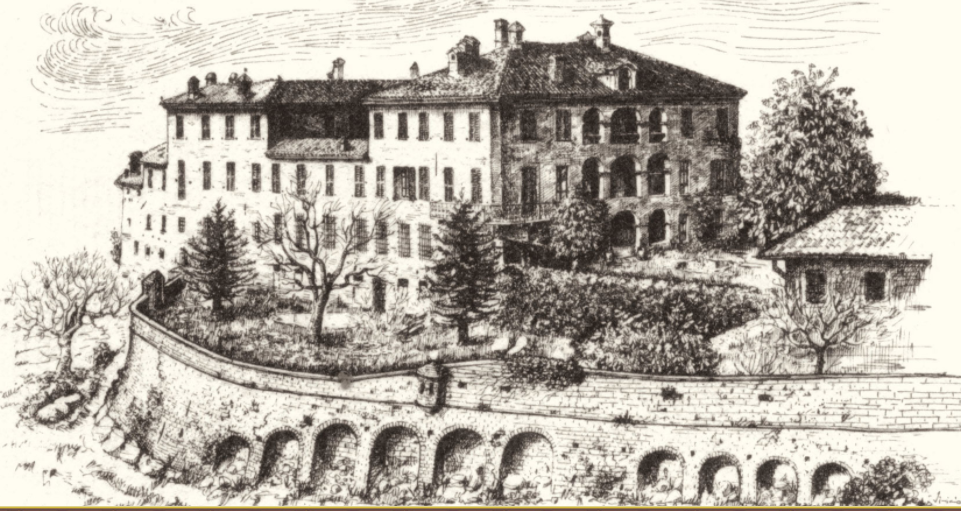
CASTELLO Di NEIVE
The Castello di Neive winery began when Giacomo Stupino, the family patriarch, capitalized on his experience as a surveyor and his knowledge of the area to purchase favorable vineyards and land whenever possible. In the small cellars of their family home, the Stupino’s began their first wine production (including Messoirano, Montebertotto, Basarin, Valtorta, and i Cortini) and, over time, their acquired vineyards grew with the family’s production and ambitions. In 1964 the family purchased the castle with its spacious cellars, along with more land and farmsteads in Santo Stefano and Marcorino. This marked a turning point when the Stupino’s were able to renovate the castle cellars and reorganize their vineyards to produce wine according to modern methods. When Giacomo died in 1970, Giulio and Italo oversaw the transition from tenant farming to direct management of the land, initiating production and export of Castello di Neive wines abroad.
Castello Di Neive and Vineyards
The Santo Stefano vineyard is located in Neive, which is one of the three townships (along with Barbaresco and Treiso) that form the Barbaresco appellation. Neive has long been known for its broad, ample wines. In many ways, Santo Stefano produces the prototypical Neive Barbaresco. A south to southwest-facing site, Santo Stefano encompasses just over 8.2 hectares of vineyards divided between 6.7 hectares of Nebbiolo and 1.5 hectares of Barbera. Altitude ranges from 180-240 meters above sea level. The property also includes 4.5 acres of hazelnuts, a reminder of a time when Piedmontese farmers lived off more than one crop. The Stupino family took possession of the Castello di Neive, which included the Santo Stefano and Marcorinasso cascine (farmhouses), in 1963 and formally purchased the property from Count Guido Riccardi Candiani, a descendent of the Count of Castelborgo, in 1964. At the time, approximately 20% of Santo Stefano was planted. The rest of the land was wild. The Stupinos planted 3.6 hectares of vineyards in 1963. In 1970, the Stupinos added another 2.10 hectares of Nebbiolo and replanted some of the highest parts of Santo Stefano with Barbera. Around 2001, the Stupinos began redeveloping the oldest part of the original vineyard with the help of the University of Torino.

Santo Stefano and the Albesani district in 3-D. Image courtesy of Alessandro Masnaghetti. Used with permission.
Today, Santo Stefano is referred to as a vineyard within the broader Albesani Menzione Geografica Aggiuntiva, as shown in the accompanying vineyard map. Some of the best views of Santo Stefano are from Gallina, which faces Santo Stefano, and the part of Ovello that looks towards Neive. The original parcels of Santo Stefano are those that are that are bisected by the horizontal access road and the blocks that follow moving west (left on the drawing above) towards the Tanaro River.
SANTA STEFANO Vineyards
Owned by The STUPINO FAMILY of NEIVE , ITALT
The COMUUNES of BARBARESCO
BAROLO and BARBARESCO
SUNDAY SAUCE
by Daniel Bellino Zwicke
.
.
.
